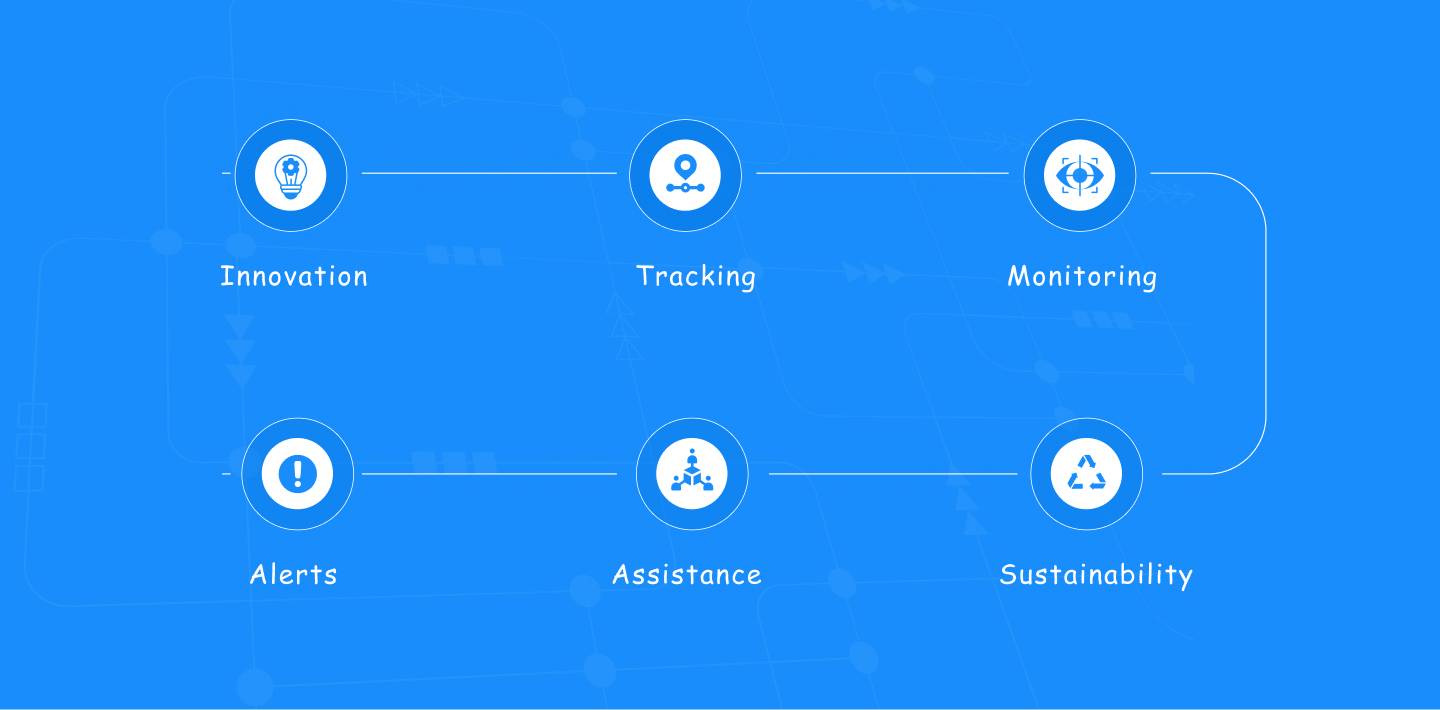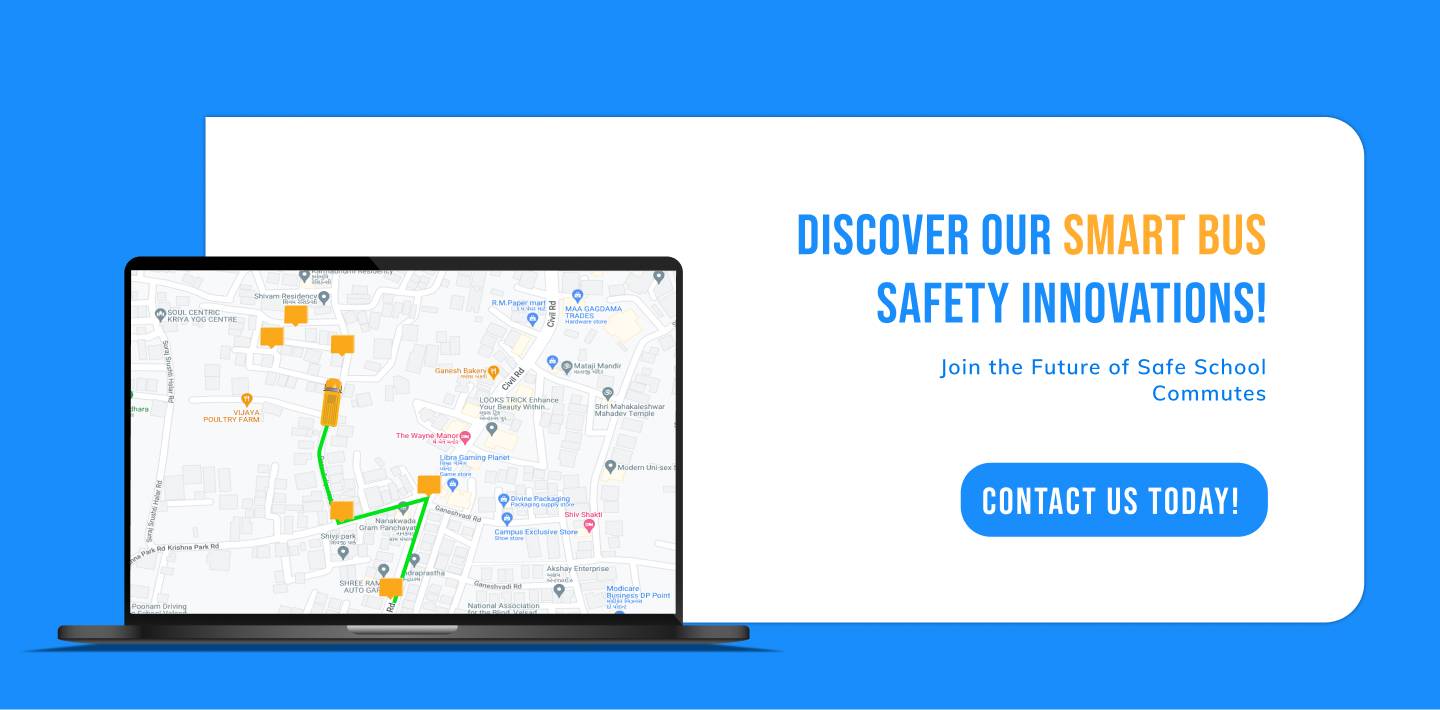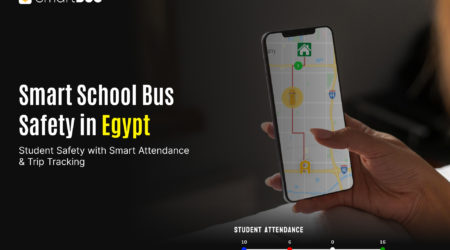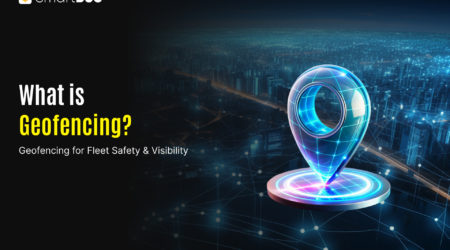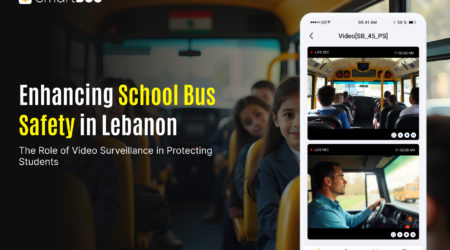Smart Solutions for School Bus Safety Concerns
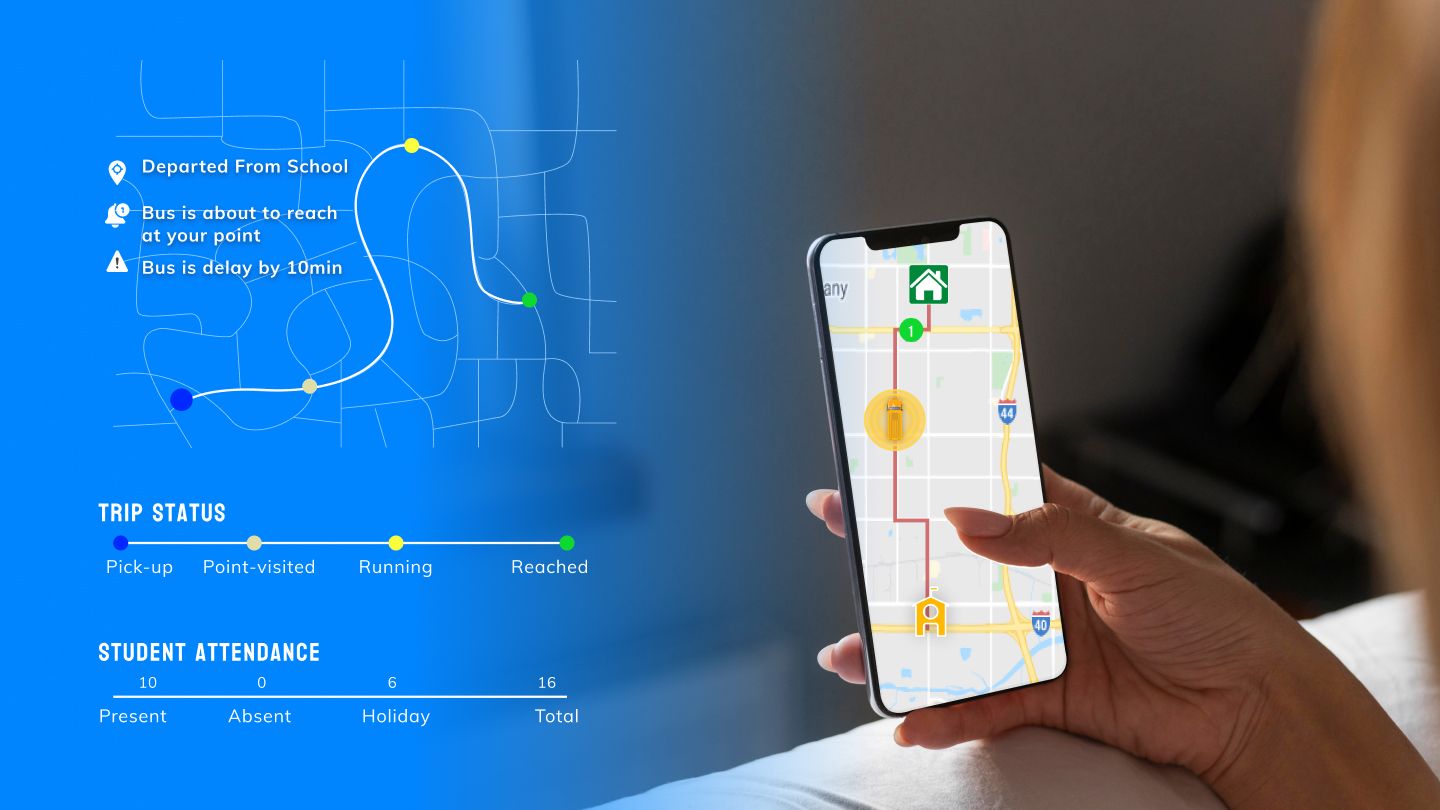
Every morning, Sarah watched her son, Tim, board the school bus with a mixture of relief and worry. She was relieved because the bus meant Tim could safely get to school without her needing to drive. But her relief was always marked with worry. School bus safety concerns were ever-present in her mind. The thoughts of speeding vehicles, inattentive drivers, and the chaos of busy streets were daunting.
Sarah wasn’t alone. Many parents shared her fears. They worried about accidents, bullying on the bus, and even the occasional miscommunication about bus schedules. This daily routine of concern felt like a never-ending cycle. Yet, the importance of school bus transportation couldn’t be denied. It was essential for many families, providing a critical link between home and school.
Common School Bus Safety Concerns
Accidents can occur at any moment. Busy roads and distracted drivers increase the risk. Even though they are usually safe, accidents do happen on school buses. Even a minor incident can lead to significant injuries.
Bullying on the bus is a common issue. Without adult supervision, children might misbehave. This can lead to psychological stress for victims. The situation gets worse when nothing is done right away.
Delays and schedule changes are frustrating. Parents and children both suffer from the uncertainty. Miscommunication about pick-up or drop-off points adds to the confusion.
One driver can’t monitor all the children. This lack of supervision leads to unchecked behaviors. Safety protocols, while essential, can be challenging to enforce consistently.
School buses contribute to traffic jams and pollution. Old buses with poor maintenance increase environmental issues, impacting children’s health.
Smart Solutions: Transforming School Bus Safety
The growing concerns called for innovative solutions. Enter smart technology. Companies started focusing on enhancing school bus safety with modern tools. Here’s how they turned problems into opportunities.
GPS tracking devices installed on buses now provide real-time location updates. Parents can monitor the bus’s route and arrival times. This technology reduces stress. Parents know exactly where the bus is and when it will arrive.
Installing cameras inside buses helps address safety concerns by monitoring student behavior. Footage is accessible in real-time by school authorities, ensuring a safer atmosphere and discouraging bullying. If issues arise, they can be fixed immediately.
Systems now send automated alerts about delays or schedule changes. Parents receive notifications on their smartphones. This improves communication. Parents and students stay informed and can plan accordingly.
Modern buses come with driver assistance systems. Features include accident warnings and lane departure alerts. These devices lower the chance of accidents and improve driver attentiveness.
The introduction of electric and hybrid school buses addresses environmental concerns. These buses reduce emissions and promote a cleaner environment. They also tend to be quieter, reducing noise pollution in communities.
Benefits of using School Bus Tracking Software
The implementation of these smart solutions has led to significant benefits. There are several ways in which the change is clear.
- With real-time monitoring and cameras, safety has improved. Incidents of bullying have decreased. Drivers are more alert, reducing accident rates.
- GPS tracking and automated alerts help alleviate safety concerns for parents. Parents can rest assured knowing their children’s location and are alerted to any unexpected delays or changes in routes.
- Surveillance systems deter misbehavior. Students know they are being watched, promoting better conduct. Immediate interventions are possible, addressing issues before they escalate.
- Eco-friendly buses contribute to a healthier environment. Reduced emissions mean better air quality for everyone. Schools adopting these buses set a positive example for sustainability.
- Automated notifications ensure parents and students are always informed. Miscommunications about schedules have reduced drastically. The transparency fosters trust between schools and families.
Implementing Smart Solutions
Implementing these solutions wasn’t without challenges. Schools and communities had to navigate several obstacles.
Upgrading buses and installing technology requires significant investment. Schools needed to secure funding. Many turned to government programs aimed at improving school transportation.
Drivers and staff required training on new systems. Adapting to technology takes time. Continuous training programs were established to ensure everyone is proficient.
Surveillance systems raised safety concerns about privacy. Balancing safety and privacy was crucial. Schools developed clear policies on data usage and access to footage.
Like all technology, these systems can face technical problems. Ensuring reliability was a priority. Regular maintenance and updates were implemented to minimize disturbances.
Real-Life Success Stories from the Field
Several schools have successfully implemented these smart solutions. Their experiences highlight the positive impact.
Pathways School saw a 50% reduction in bullying incidents after installing bus cameras. Parents reported feeling more connected and informed with real-time tracking.
Sainik Public School introduced electric buses. The shift reduced their carbon footprint by 30%. Students and parents appreciated the quieter, cleaner rides.
SD Heritage Pride School faced initial resistance to new technologies. Through community meetings, they addressed concerns and built support. The result was a safer, more efficient transportation system.
Continuing Innovation in School Bus Safety
The journey doesn’t stop here. Future innovations promise to make school bus transportation even safer.
AI can predict potential safety issues. Machine learning algorithms analyze data to look and prevent accidents. This proactive approach can further reduce risks.
Future systems might integrate more advanced communication platforms. Parents could interact with bus drivers directly through apps. This could streamline the flow of information and address concerns in real-time.
Smart routing can optimize bus routes. This reduces travel time and fuel consumption. Efficient routes mean less time on the road, decreasing the risk of accidents.
Conclusion: A Safer Journey Ahead
Sarah’s worries have significantly reduced. The implementation of smart solutions transformed her daily worry into confidence. Tim’s school bus journey is now monitored, safe, and efficient.
The benefits are clear. Enhanced safety, better behavior management, environmental improvements, and peace of mind are invaluable. The success stories from various schools showcase the potential of these innovations.
As technology continues to advance, the future of school bus safety looks promising. Parents, schools, and communities can look forward to safer, smarter transportation solutions. The journey towards eliminating school bus safety concerns is well underway, ensuring a secure ride for every child, every day.
